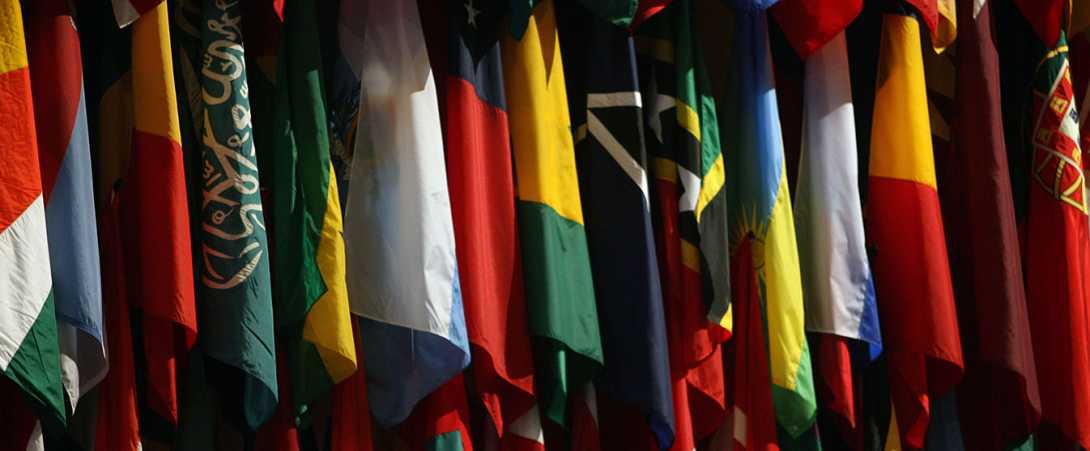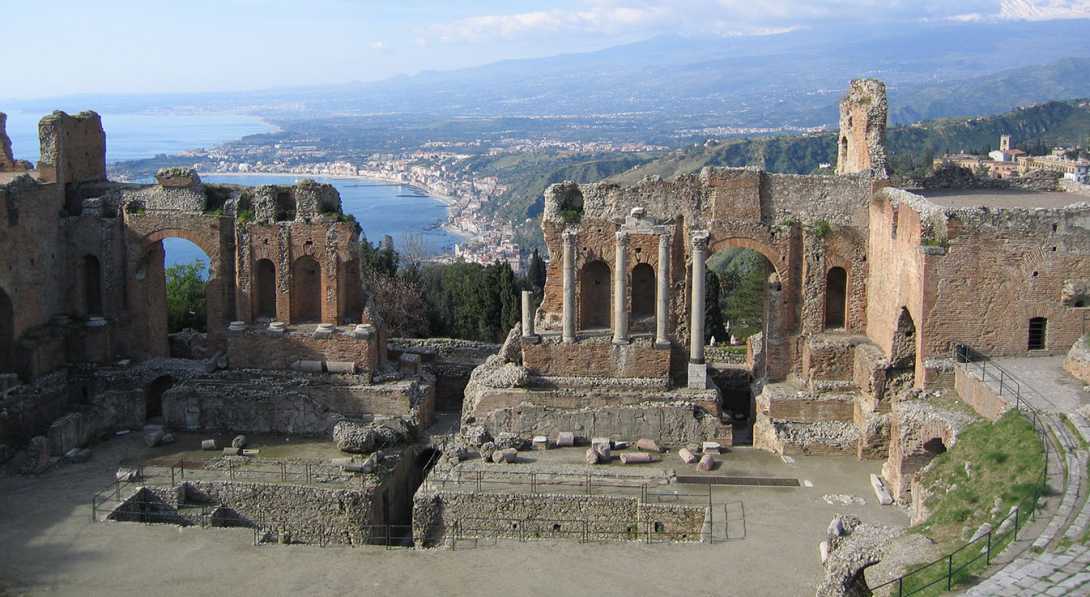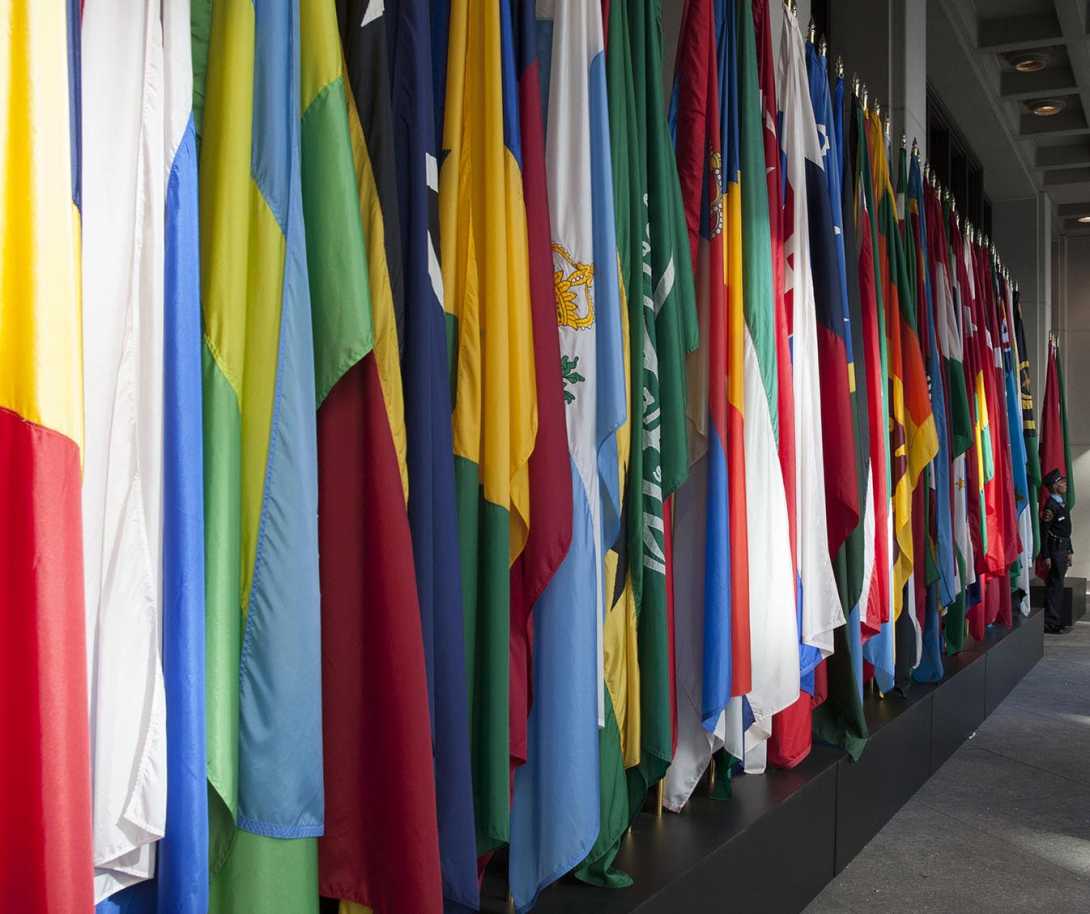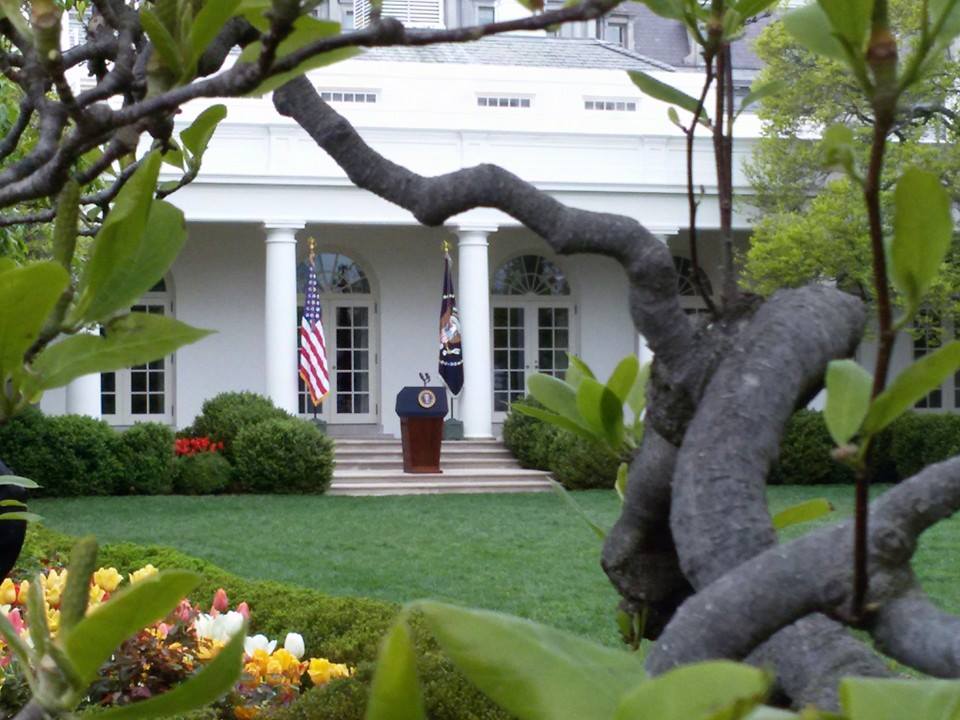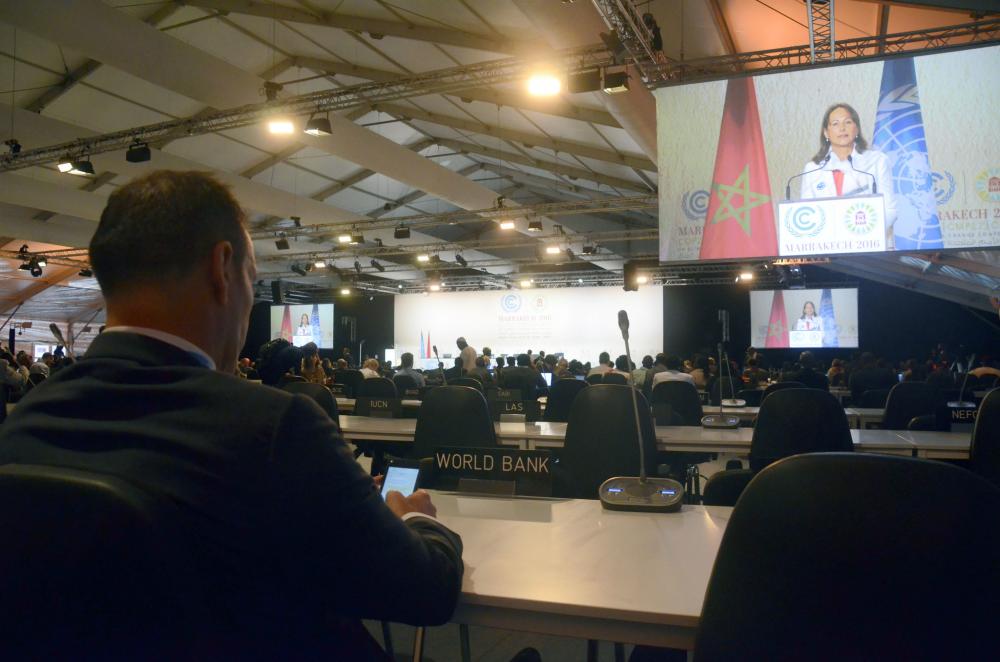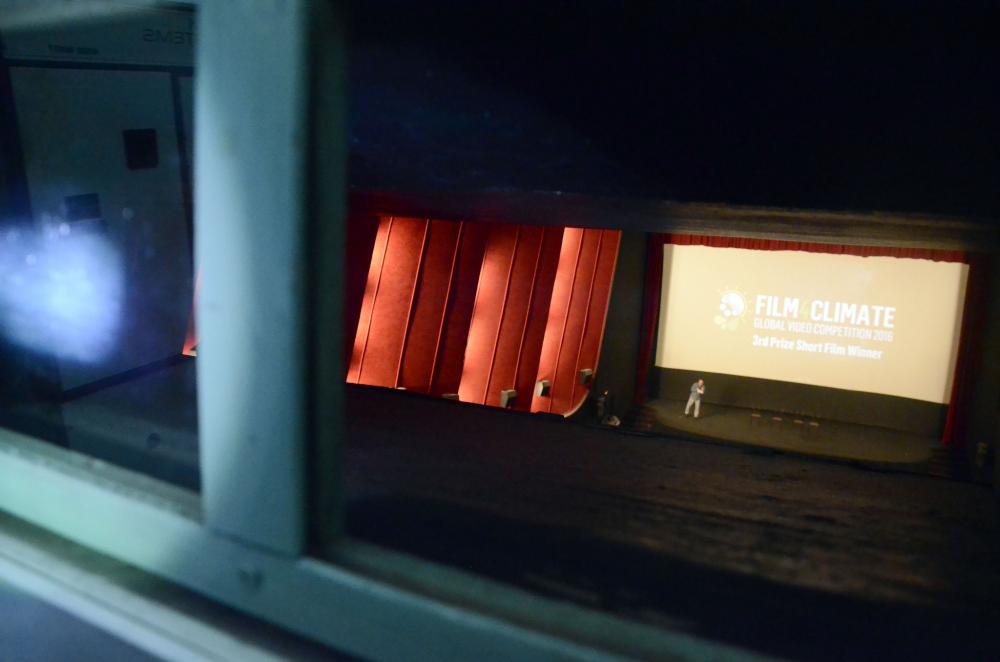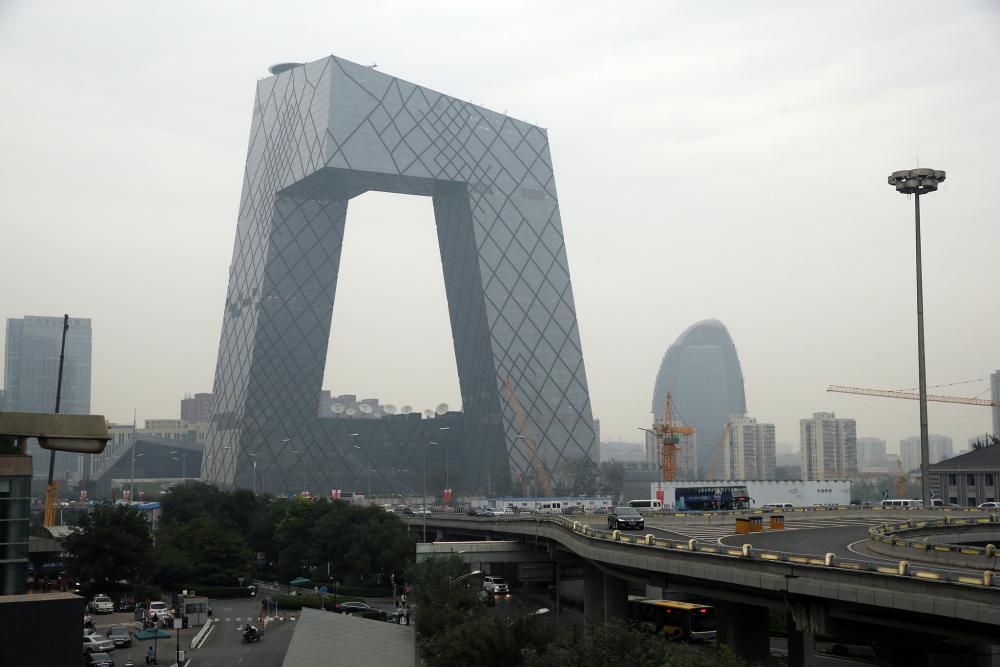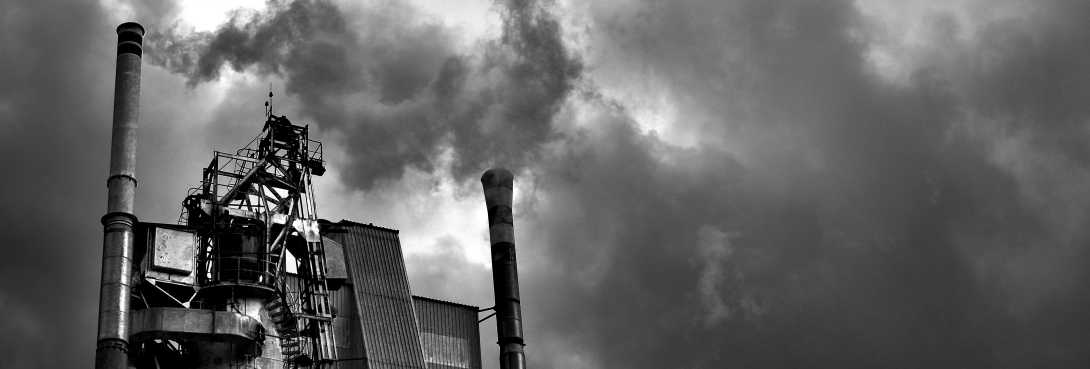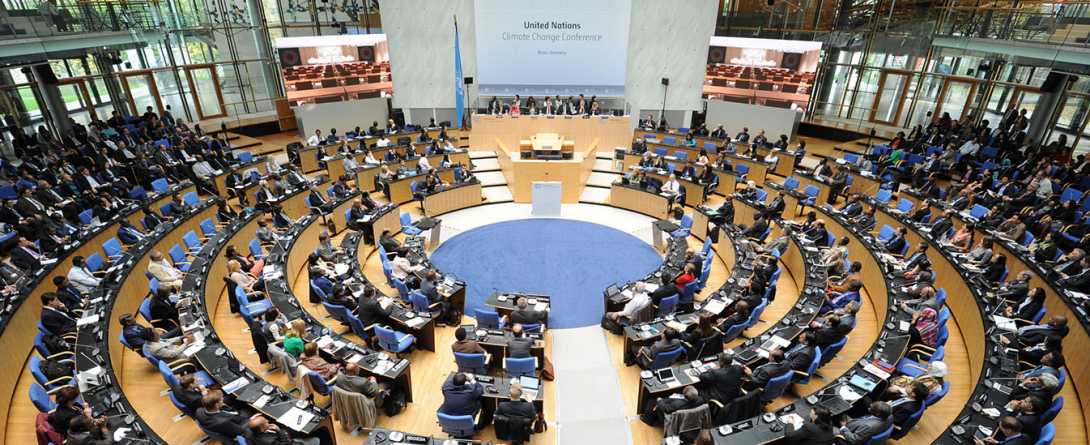
The 23rd session of the Conference of the Parties (COP 23) to the UN Convention on Climate Change (UNFCCC) will be organized by Fiji and hosted at the headquarters of the UNFCCC Secretariat in Bonn, Germany.
The secretariat, as host of the Conference, is working very closely with the Government of Germany, the State of North-Rhine Westphalia and the City of Bonn to make all the necessary arrangements.
